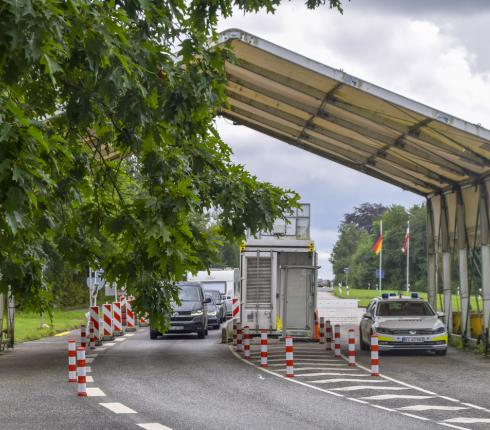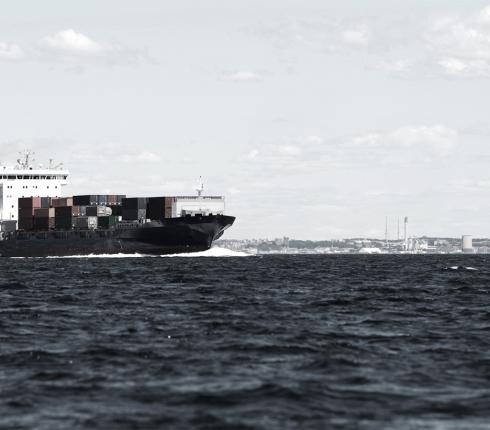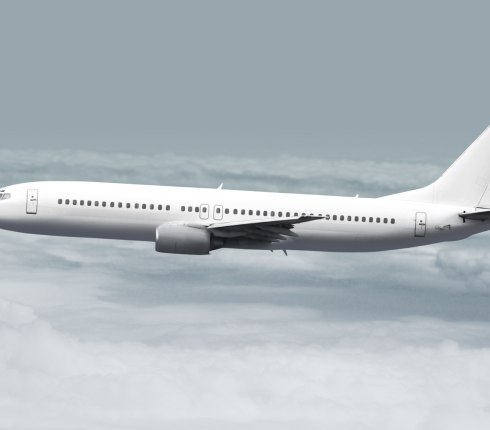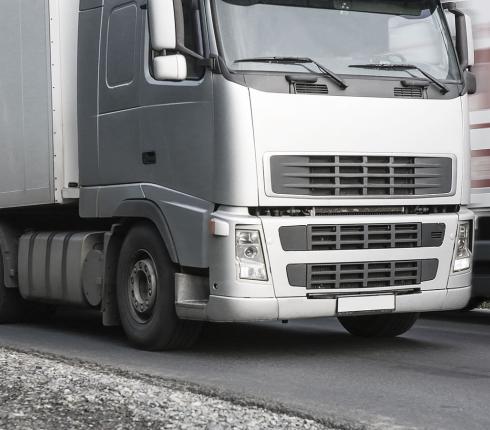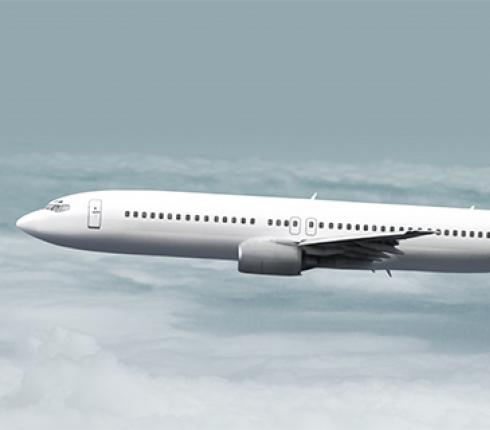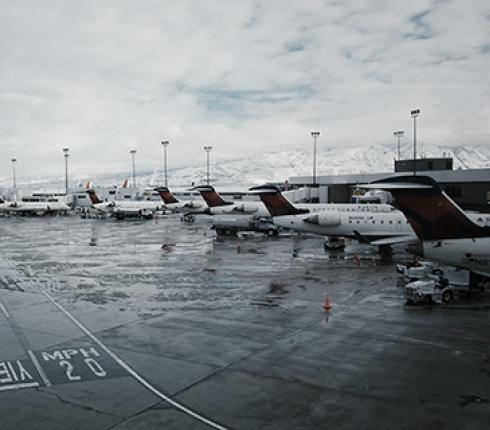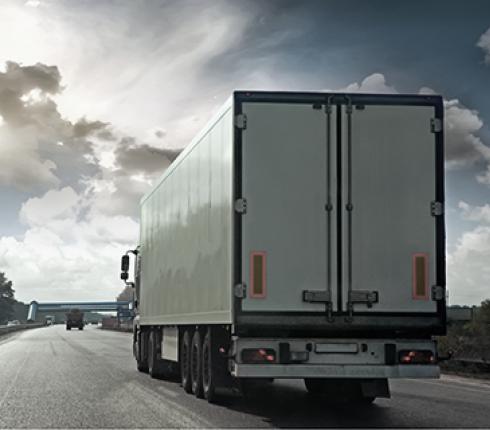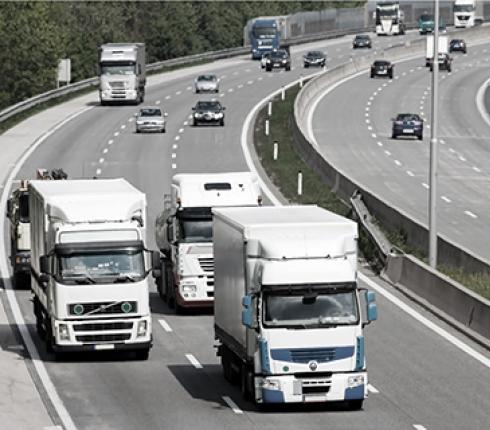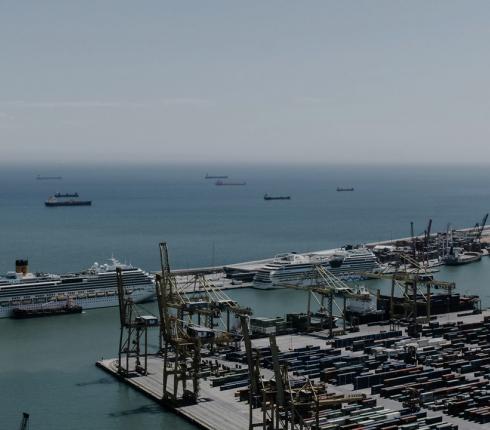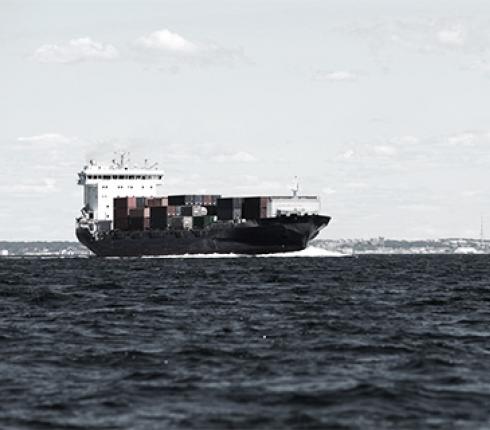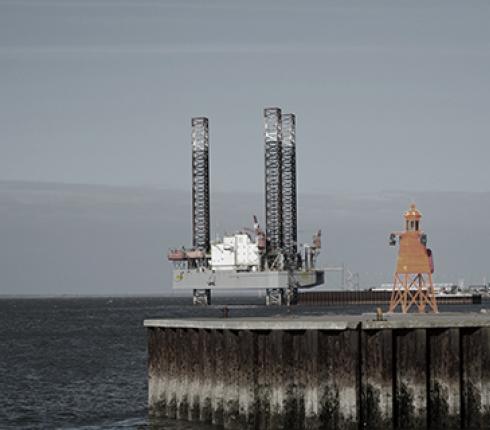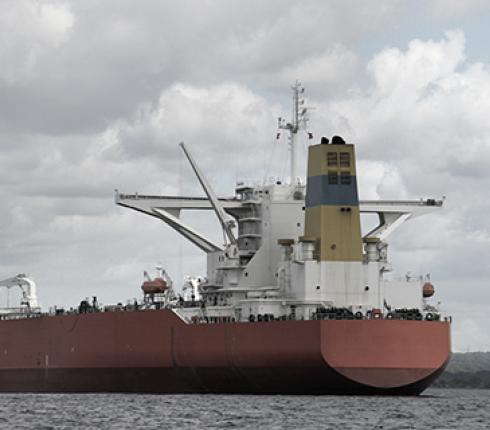Cabotage and combined transport: The lack of clarity persists
The new Danish Executive Order, which incorporates and supplements the EU Directive on Combined transport, entered into force on 1 July 2018.
The Order raises many questions:
- Which permits are required for foreign hauliers?
- When is a transport considered a combined transport between Member States?
- When can transport of empty loading units be considered a combined transport?
- Can all road hauliers conduct road transport to and from a port if the transport constitutes the "road part" of a combined transport?
- Can an empty container or trailer be considered "goods"?
- Is the return of empty loading units covered by the rules?
- How should the 150 kilometres-limit for the road transport part of a combined transport be interpreted?
Basically it works like this...
If a haulier from another EU country carries out a road transport in Denmark as part of a combined transport under the terms of the Order, this road transport will be exempted from the restrictions in the cabotage rules. Therefore, in relation to the road hauliers' ability to transport cargo in Denmark, the definition of combined transport in the Executive Order is essential. The reason for having special rules for combined transport is to encourage the industry to use other – more environmentally friendly – modes of transport than road transport.
In accordance with the Combi Directive, the Order decides that a combined transport must generally be carried out by rail, inland waterway or by sea over 100 km in a straight line. In addition, the initial or final road stretch must not exceed a 150 km radius from the loading or unloading port.
In addition to the overall framework for combined transport, which is a reproduction of the rules in the Combi Directive, the Danish Transport, Building and Housing Agency has decided that a transport can be considered a combined transport even if the goods transported do not originate from nor have their final destination in a Member State.
Although several Danish industry organizations have criticised the rule, the Transport, Construction and Housing Agency states in a consultation memorandum of 24 May 2018 that the rules on combined transport shall only apply if the transport itself takes place between two Member States. As long as a combined transport commences in one Member State and terminates in another Member State, it is of no consequence that the goods transported originate from a third country or that another carrier will later deliver the goods to a third country.
The new executive order also contains a special rule for the carriage of empty loading units. According to the Order, so-called 'empty runs’ can be included in a combined transport if it is covered by a transport document. However, this will only apply if the empty loading units are the goods in the civil law sense of the word. This means that it is a requirement that the shipping customer pays for the transport of the empty loading units from point A to B.
It must be noted that the definition of "transport of goods" differs under the cabotage rules compared to under the rules on combined transport. Thus, under the rules on combined transport, it will not be possible to return an empty loading unit as part of a combined transport.
So far, we understand that the Danish police have applied the rules on combined transport to empty loading units that are transported back to the terminal after unloading the goods, if the transport was within a radius of 150 km from the terminal. This practice will apparently not be continued after the new rules entered into force on 1 July 2018.
So be aware of the importance of the new rules and in particular the Danish interpretations thereof.

